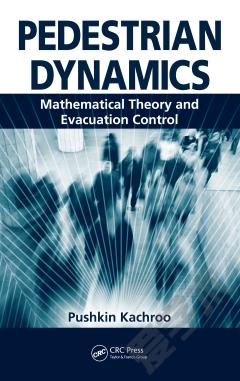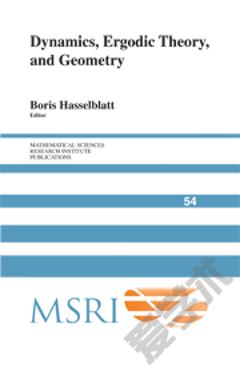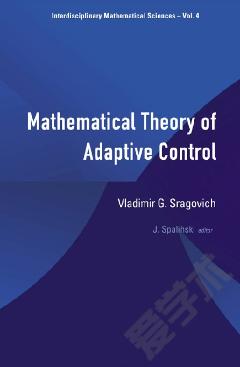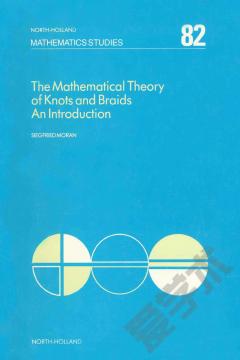Pedestrian Dynamics —— Mathematical Theory and Evacuation Control
----- 行人动态:数学理论与疏散控制
Introduction Motivation Literature Survey Outline Derivation of Conservation Laws Mass Conservation Momentum Conservation Energy Conservation Combined Equations General Conservation Traffic Models: One Dimensional Case Lighthill-Whitham-Richards Model Payne-Whitham Model Aw-Rascle Model Zhang Model Pedestrian and Control Models in One Dimension Traffic Models: Two-Dimensional Case Two-Dimensional LWR Model Two-Dimensional Payne-Whitham Model Two-Dimensional Aw-Rascle Model Two-Dimensional Zhang Model Conservation Law Solutions Method of Characteristics Classical or Strong Solutions Weak Solutions Scalar Riemann Problem Admissibility Conditions Kruzkov's Entropy Function Well-posedness Oleinik Entropy Condition Scalar Initial-Boundary Problem Traffic Control Scalar Conservation Law Solution Dynamical Systems and C0-Semigroups Optimal Control Optimal Flux Control for Scalar Conservation Law Feedback Control for Scalar Law Advective Feedback Control for Relaxation Systems Wellposedness for Bounded Advection Control Simulations for Advective Control Godunov's Method Simulation Results for Advective Control Conclusions Summary Contributions Future Work
{{comment.content}}








 京公网安备 11010802027623号
京公网安备 11010802027623号